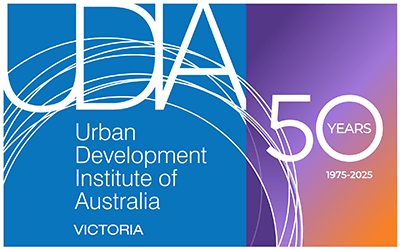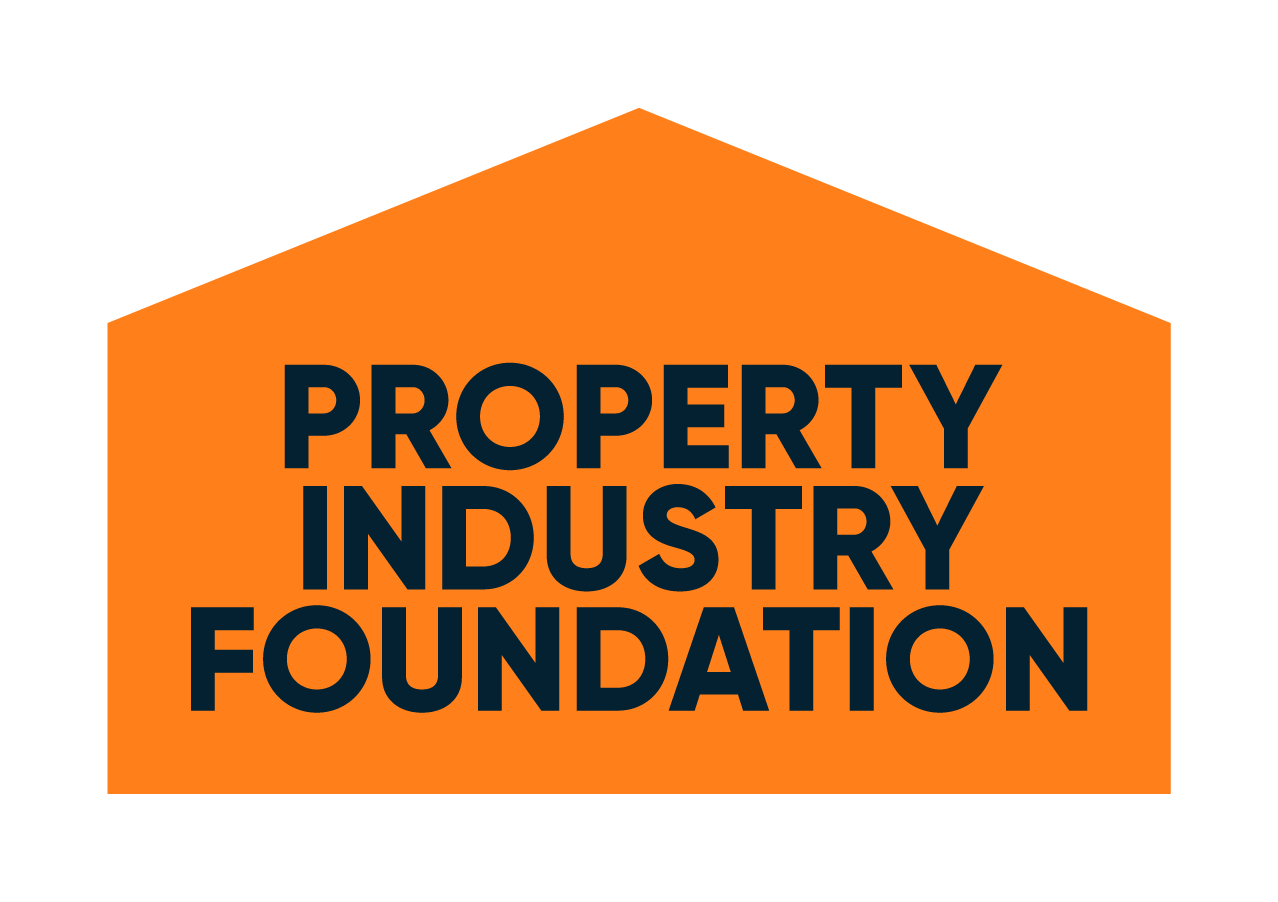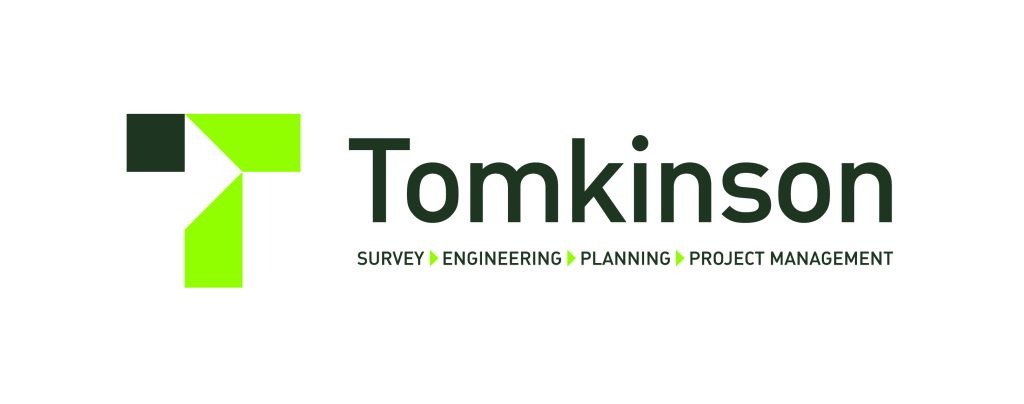UDIA Victoria Media Release
Melbourne apartment values are recovering and likely to play into another property price boom, indicates research presented today to the Victorian Division of the Urban Development Institute of Australia (UDIA Victoria).
According to the CoreLogic research, apartment values are lifting and supply is being absorbed across Melbourne, while commencements of new apartment projects have reduced to below the decade average.
“The property market is cyclical. In recent times, the apartment sector has been affected by record-low consumer purchasing power and a crisis in confidence,” said Danni Hunter, chief executive of UDIA Victoria.
“But population projections and the supply pipeline show a complete drought of new housing hitting the market in the next 18-24 months. We know from previous property cycles, that equates to a housing shortage characterised by runaway prices,” she said.
The research shows that housing values have started to rebound sharply in Australia’s most expensive markets, Melbourne and Sydney. Six of the nation’s top 10 best performing capital city sub-regions for profit-making apartment resales are in Melbourne. Zero Melbourne sub-regions are within the ‘top 10’ for loss-making resales.
“The Melbourne housing market is clearly starting to bounce back, with home values and buyer activity trending higher. The improved conditions come after Melbourne dwelling values fell by around 11 percent between late 2017 and mid-2019,” said CoreLogic Head of Research Tim Lawless.
The data reinforces findings of the latest UDIA Residential Development Index (RDI), which highlights an alarmingly weak supply pipeline of new housing, relative to population growth forecasts.
“The UDIA RDI data shows that apartment building approvals declined by almost 60% in the 2019 financial year. That’s a closing door to home ownership for many; people who are now looking down the barrel of a rental squeeze,” said Ms Hunter.
“The market has its fingertips reaching for a recovery, but more can be done to get a grip on housing supply,” said Urbis Director Mark Dawson.
“There are signs that the market has edged past the bottom, with speed of sale starting to pick back up. In the last two years we have seen the volume of active supply dropping back and it will take time for the market deliver the volume and range of housing we need to support Melbourne’s growth,” he said.
“UDIA Victoria has been warning of a housing undersupply for a while now. The Reserve Bank of Australia warned the same last week. The Commonwealth Bank has now tipped an apartment shortage from 2020. There are huge implications for future housing affordability and liveability,” said Ms Hunter.
“More needs to be done specifically around the apartment sector. We urge Government to note the various research outputs alerting us to a looming undersupply of housing, and to prioritise action that will rebuild confidence and enable industry to start delivering again,” she said.
“After a time out over the last two years, with slower rates of sale, declining approval rates and fewer launches to market, there are signs that market confidence is building some early momentum,” said Mr Dawson.
“As we wait for sales to push through the recent lull in project launches and revamp the rate of approvals, the first movers in build to rent have projects under construction and more in planning. Could incentivising build to rent ease concerns over a housing shortage and activate projects quicker? This could be a way to deliver much needed rental housing while we wait for the sales market to re-kick into action,” he said.
Key research findings, presented by Tim Lawless – Head of Research, CoreLogic
- Unit values are recovering and housing values have started to rebound sharply in Sydney and Melbourne, while most other capitals are showing only a subtle response to recent stimulus.
- Six of the top 10 best performing capital city sub-regions for profit-making unit resales are in Melbourne. No Melbourne sub-regions are within the ‘top 10’ for highest loss-making resales.
- New apartment supply remains elevated across Victoria and NSW, however commencements of new unit projects have reduced to below the decade average.
- New unit construction activity remains at unprecedented levels across Victoria, however the supply pipeline is reducing sharply.
- Under-valuation events remain common across the apartment sectors of Sydney and Melbourne but are abating in the smaller cities as supply is absorbed.
- Although slowing, Victorian population growth is nation leading, up 2.1% or 133,500 new residents over the past 12 months. Overseas migration is the primary driver of population growth, comprising 65% of new Victorian residents over the past year. Such strong housing demand will support absorption and a gradual rebound in construction.
- Melbourne unit rents are up 1.5% over the past 12 months.
- Housing credit commitments are once again rising, with owner occupier lending bouncing 1.9% higher in August to be 11.9% higher over the past three months. Investor lending is up 5.7% in August (+11.6% over three months).
- In longer terms, investment lending is down 13% over the past year and 48% lower relative to the 2015 peak. Owner occupier lending is down 1.7% over the year and 10.4% below the 2017 peak.
- Victorian housing credit is rising, with a 9.8% lift in the value of investor commitments over the three months ending August 2019 and a 2.4% gain in owner occupier lending.
- Investors are now under-represented across the Australian housing market, comprising only 26.5% of mortgage activity.
– ENDS –
MEDIA CONTACT
Hyatt Nidam
Engagement and Communications Manager, UDIA Victoria
T: 03 9832 9600
M: 0478 415 105











